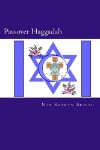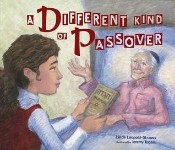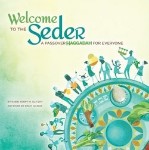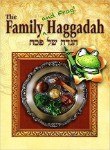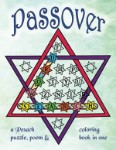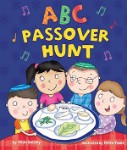Jewish Quarterly Review on Jewish mysticism
In the current, Fall 2001, issue of Jewish Quarterly Review there are three essays dedicated to Kabbala, Jewish Mysticism. Let me quote below the beginning of the editorial introduction and then share the table of contents with the relevant abstracts.
Surveying the development of Jewish studies over the past century, one can hardly avoid being struck by the increasingly prominent role played by research into the various forms of Jewish mysticism. Of course, the towering figure in blazing new pathways in, and actively promoting, the study of Jewish mysticism was Gershom Scholem (1897-1982). Although Scholem overstated his nineteenth-century predecessors’ neglect of the material, it remains the case that the predilection of Wissenschaft des Judentums for rabbinics and philosophy gave way to a new scholarly interest in Jewish mysticism in the twentieth century. The impressive staying power of the field into the twenty-first century owes partly, but only partly, to Scholem’s extraordinary talents. Research into Jewish mysticism continues to attract some of the most linguistically adept and theoretically sophisticated scholars working in Jewish studies.
Rabbinization and the Making of Early Jewish Mysticism
Raanan Boustan
Hekhalot literature testifies to the heterogeneous nature of Jewish religious practice and authority at and across the boundaries of rabbinic Judaism. Yet, Hekhalot and rabbinic literatures do not reflect clear-cut social, cultural, and institutional divisions within Jewish society, nor are they complementary facets of a single, coherent religious system. Both of these options oversimplify the complex relationship between these rapidly evolving sites of Jewish literary culture. Rather, Hekhalot literature and the social groups that produced it were subject to the same institutional, technological, linguistic, and demographic transformations that reshaped Jewish society and culture more broadly toward the end of Late Antiquity (500-800 C.E.). The relationship between Hekhalot and rabbinic literatures can thus shed light on the dialectical process by which rabbinic authority was gradually extended into new areas of Jewish life, while itself being transformed in the process
The Politics of Secrets: Thirteenth-Century Kabbalah in Context
Hartley Lachter
Mystical texts, like all texts, are informed by the context in which they are written and read. The proliferation of Kabbalah in late 13th century Castile is an instructive example of how the construction of Jewish esotericism is shaped by the intellectual and cultural environment. Kabbalists during this period were able to compose a large number of texts which succeeded in acquiring legitimacy in at least some Jewish circles, due in no small part to the increased interest in esoteric knowledge in the broader cultural context. Moreover, by advancing a uniquely Jewish claim to ancient, revealed esoteric truth, kabbalists sought to counter Christian anti-Jewish claims, and present an alternative to rationalist interpretations of Jewish scripture and religious praxis. By considering the historical context in which kabbalistic texts take shape, we can better appreciate the way that kabbalistic texts advance a worldview and conception of Jewish identity that addresses the perceived needs of Jews in particular intellectual and political environments.
Mysticism, History, and a “New” Kabbalah: Gershom Scholem and the Contemporary Scene
Shaul Magid
The academic discipline of Jewish mysticism has become one of the most robust in the field of Jewish Studies. Rarely has there been a disciple in the academy that has been so dominated by one individual, in this case Gershom Scholem. Scholem not only initiated the field, he also drew its boundaries and set the terms of scholarly method and debate. And, he became a subject in the field as well as a contributor. This essay explores Scholems ideas about contemporary Kabbalah and his invested scholarship as part of his larger cultural project of reconstructing Jewish existence through secularism and Zionism. I argue that Scholems denial of the possibility of authentic Kabbalah in the contemporary world was founded on his commitment to secularism (in the form of Zionism) as the only way Jews and Judaism could survive. Ultra-Orthodoxy, the community where authentic Kabbalah was housed, was, for Scholem a relic of the past that would eventually disappear or become irrelevant. On this Scholem was mistaken. This essay explores the ways in which scholars of Kabbalah have emerged from Scholems shadow in light of that fact and begun to take contemporary Kabbalah seriously. They have also challenged his larger historiographic and Zionist agenda and, by expanding the methods and theories deployed to analyze kabbalistic works, have shed new light on Kabbalah, not only as Jewish metaphysics but as a producer of cultural capital in Israel and the Diaspora
The remaning articles in the same issue are:
- The Rabbis and Palmyra: A Case Study on (Mis-)Reading Rabbinics for Historical Purposes
- Does Spinoza Think the Bible Is Sacred’
- Auerbach’s Scars: Judaism and the Question of Literature
- Modernizing Moroccan Jews: The AIU Alumni Association in Tangier, 1893-1913
- Looking Jewish: The State of Research on Modern Jewish Art
The journal can be viewed/purchased at Muse.

